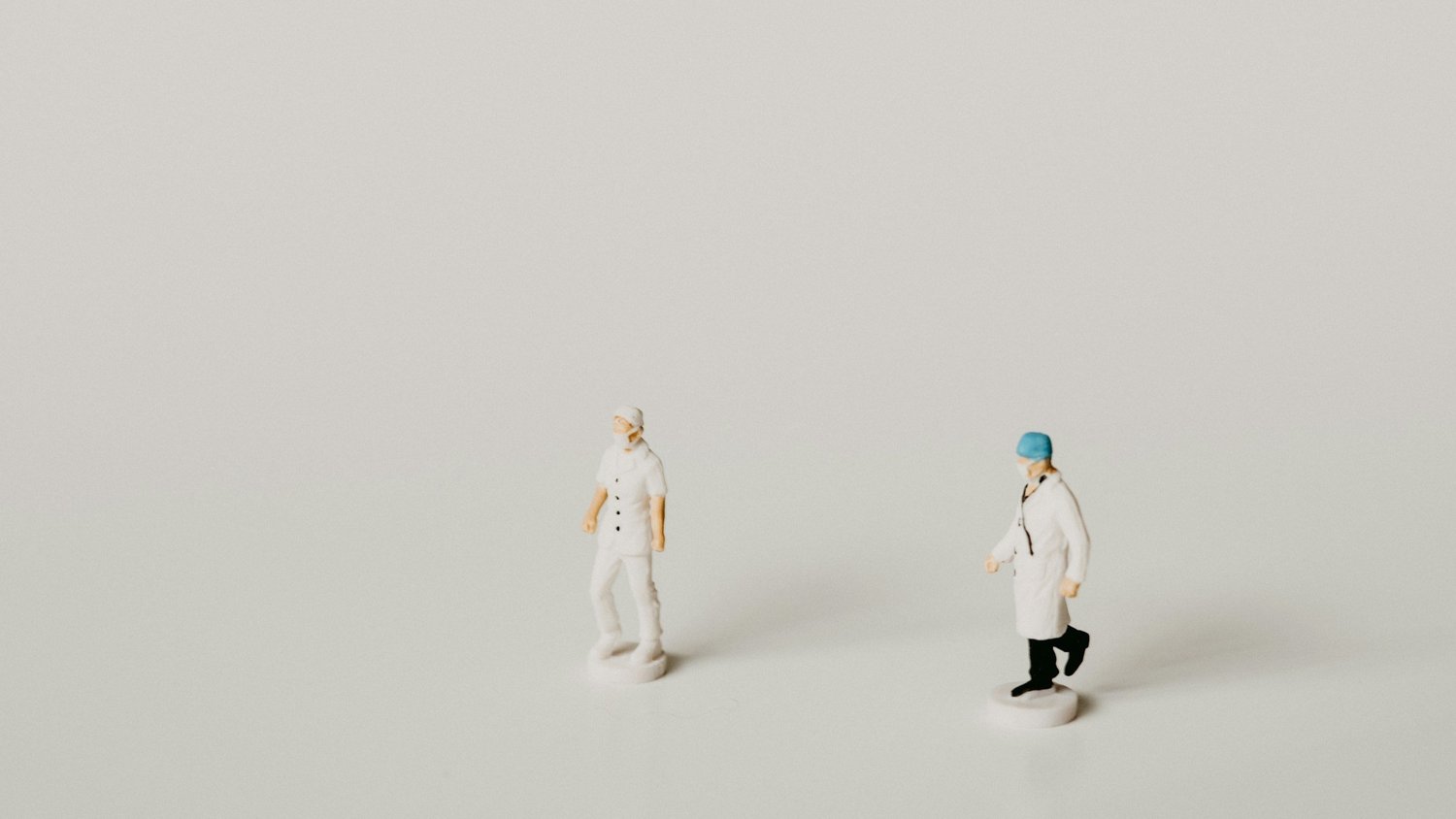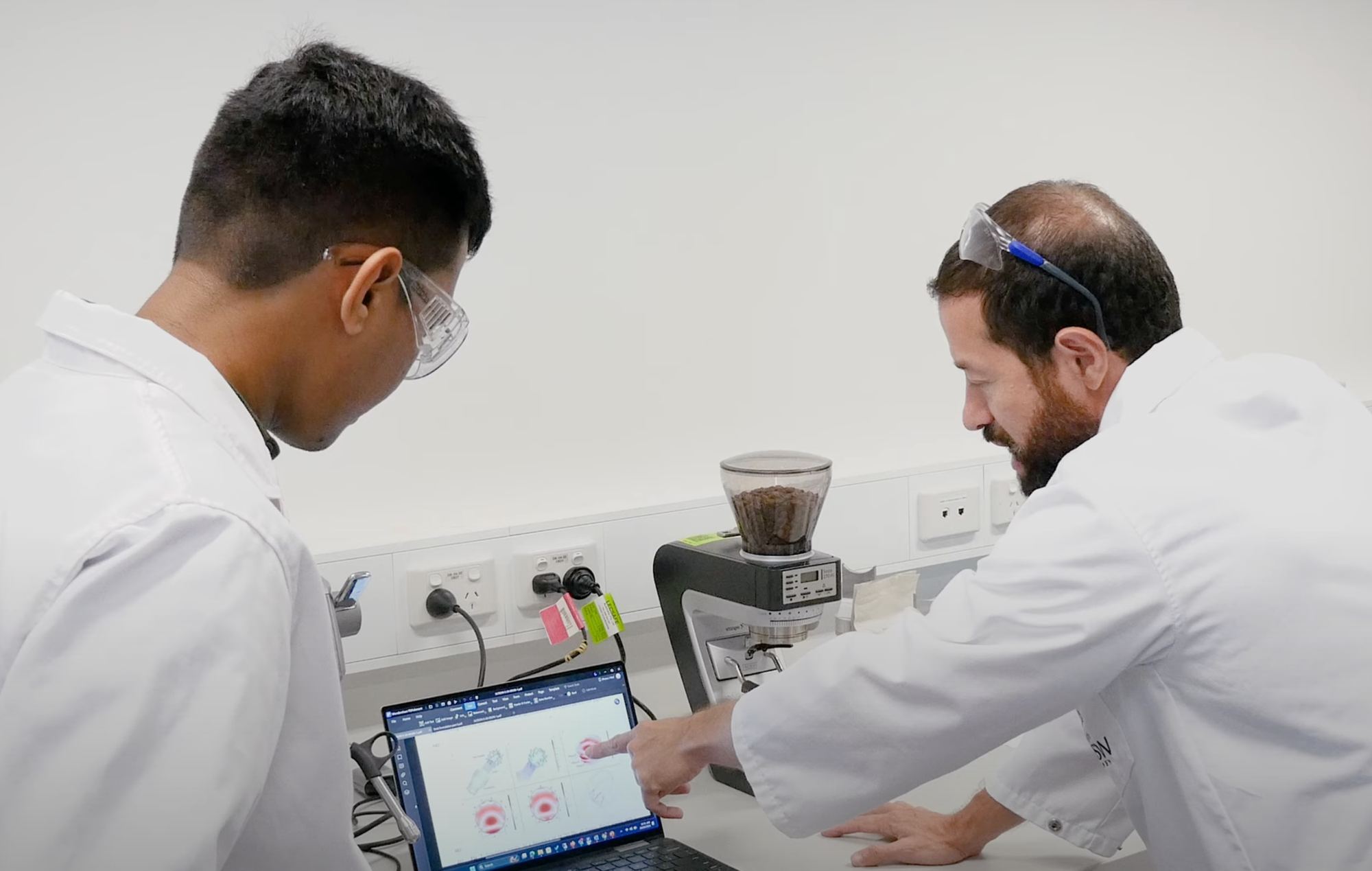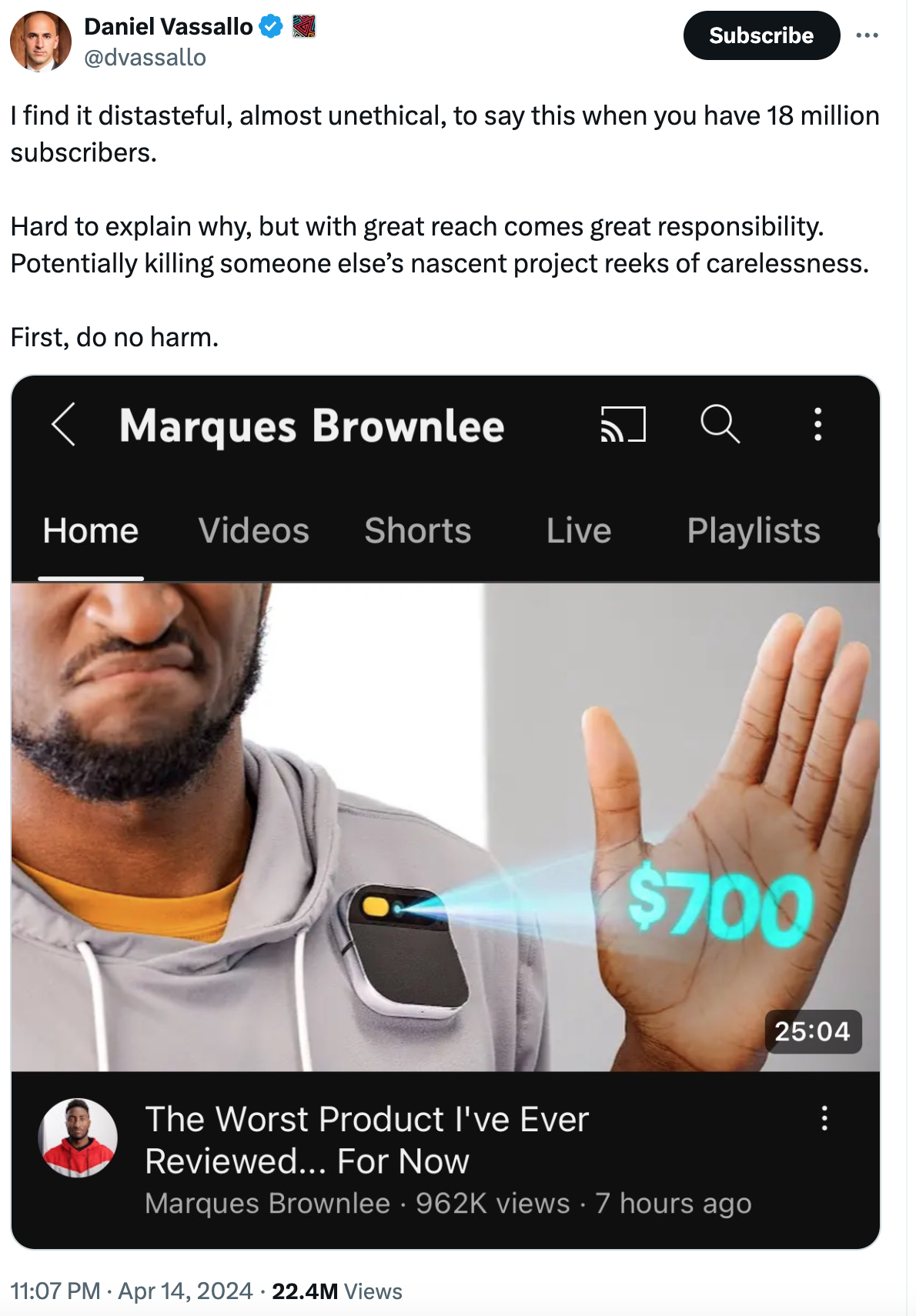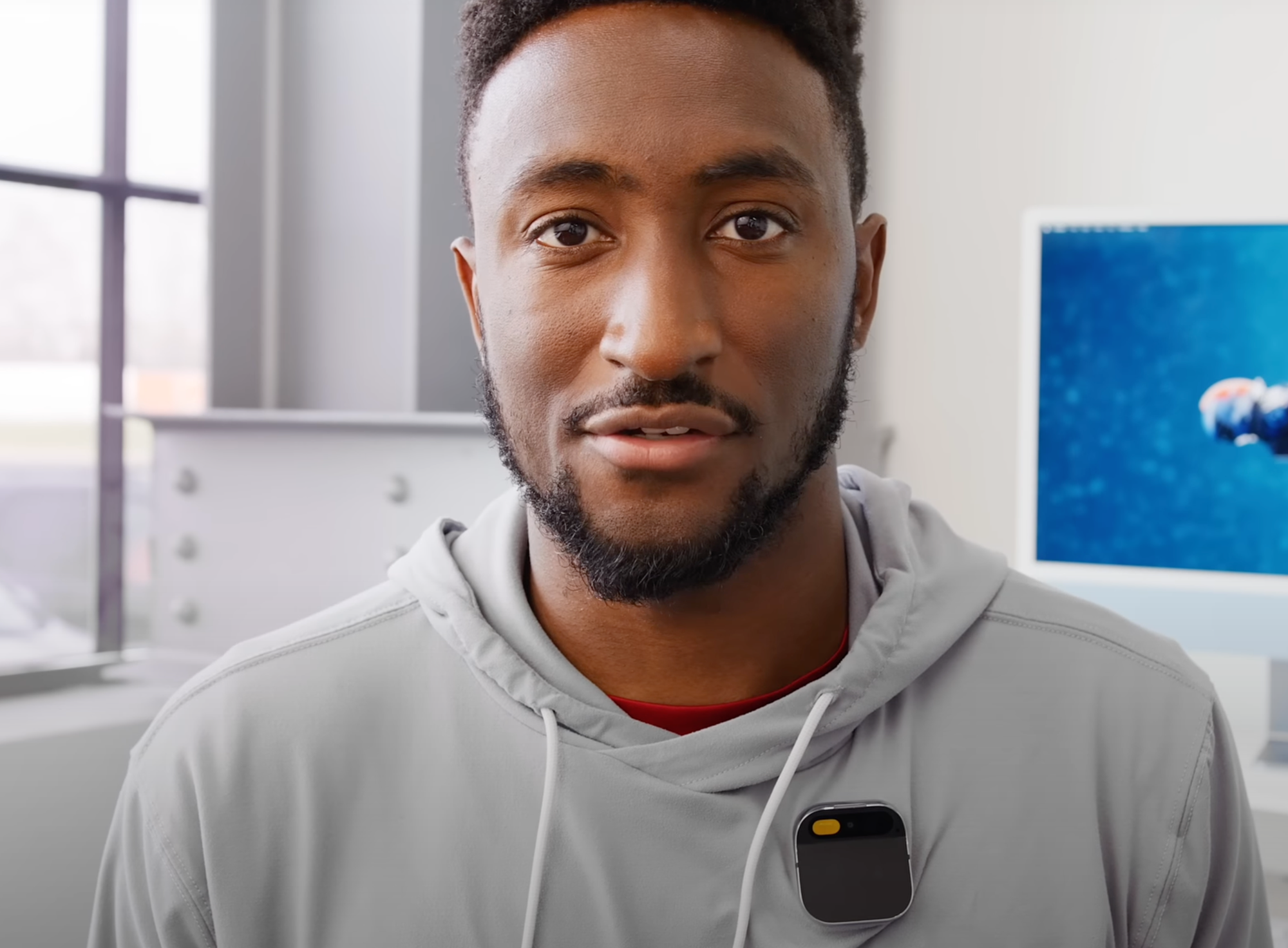A response highlighted the lack of expertise involved in the Cass Review, the lack of evidence for many of the claims, and the lack of any new information that might change the picture of gender-affirming care.

by Evan Urquhart
The main professional bodies overseeing the standards for treatment of gender diverse people, WPATH and USPATH, have issued a joint response to the Cass Review, saying they are “extremely concerned” that the Review will serve as a barrier to necessary healthcare for transgender youth. The Review itself, which was published over one month ago, was billed as an independent look at the state of transgender healthcare in England. However, the Review’s objectivity has been questioned due to its asymmetric treatment of the evidence for and against gender-affirming care, resulting in very conservative recommendations that would remove access to medical and even social transition for most patients of the NHS. This is true despite the Review having found little to no evidence of regret, detransition, patients having been rushed into treatment, or any other form of harm stemming mainline treatments for gender dysphoria in youth.
(Curious about what’s in the Cass Review? Read our summary here.)
The primary concern evinced by WPATH/USPATH is for the safety and health of England’s transgender youth. A conservative estimate for the prevalence of trans people in the population is 0.5 percent, meaning that we would expect at least 70,000 young people in that country to grow up to be trans. After an interim report was published by the Cass Review the only available service for gender dysphoria in youth was shut down, and a replacement has yet to be made available.
A recent estimate of the number of patients who have been seen since the GIDS service was shut down is twelve. There are reportedly 5000 young people on the waiting list, still only a small fraction of the number of youth that can be conservatively expected to seek to transition as adults. Despite this, the Cass Review concluded, with no evidence given, that the number of youth seeking treatment was too high to be explained by trans identity alone.
Writing about the current state of trans youth healthcare in England, the WPATH/USPATH statement says, “This is a devastating situation for transgender youth and their families, whose rights are breached as they are being denied medically necessary care. We believe this to be a complete breach of the seven core values enshrined in the NHS Constitution.”
WPATH and USPATH also directly take on the credentials of Dr. Hilary Cass, who was tapped to lead the four-year Cass Review. “Hillary Cass is a pediatrician with hardly any clinical experience or expertise in providing transgender healthcare for young people. Furthermore, Hillary Cass lacks significant research qualifications or research expertise in transgender health,” the statement reads.
Transgender healthcare became controversial in the UK slowly, after a years-long campaign by right-wing tabloids that made the trans community the subject of unceasing negative attention, misinformation, and scare tactics. Although Cass claims in the introduction to the Report that her goal is to improve healthcare for young people (who she proceeds to misgender incessantly throughout the 388-page Report), there is currently no sign of improvement to be had in England, and even trans adults are expressing fears of treatment being withheld, with the specter of forced detransition looming for young and old alike on that foggy, unhappy isle.
Evan Urquhart is the founder of Assigned Media and an incoming member of the 2024-2025 Knight Science Journalism fellowship class at MIT.












